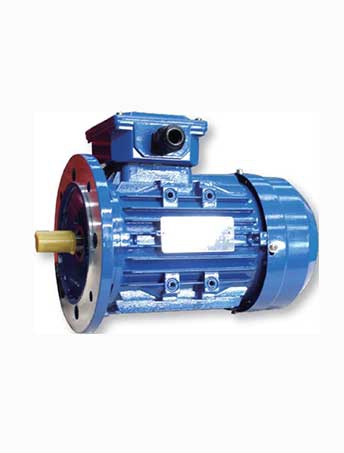
The start operation of a permanent magnet synchronous motor is composed of the interaction of the stator winding, the rotating squirrel cage winding the permanent magnet. When the motor stops, a three-phase symmetrical current is applied to the stator winding to generate a rotating stator magnetic field. The rotating magnetic field of the stator generates the current related to the rotation of the rotor in the winding of the stick, which constitutes the rotating magnetic field of the rotor. The asynchronous torque caused by the interaction between the stator rotating magnetic field the rotor rotating magnetic field makes the rotor accelerate the stop state. In this process, the rotational speed of the rotor permanent magnet field is different that of the stator rotating magnetic field, the alternating torque occurs. When the rotor speed is close to the synchronous speed, the rotor permanent magnet field speed is close to the stator rotating magnetic field speed, the stator rotating magnetic field speed is slightly higher than the rotor permanent magnet field speed, they interact to produce torque, pulling the rotor into the synchronous operation state. During synchronous operation, there is no current in the rotor windings. At this time, only the permanent magnet on the rotor generates a magnetic field, the magnetic field interacts with the rotating magnetic field of the stator to produce a driving torque. It can be seen that the permanent magnet synchronous motor is moved by the asynchronous torque of the rotor winding. After starting, the rotor windings will no longer operate, the magnetic fields generated by the permanent magnet the stator windings will interact..."
